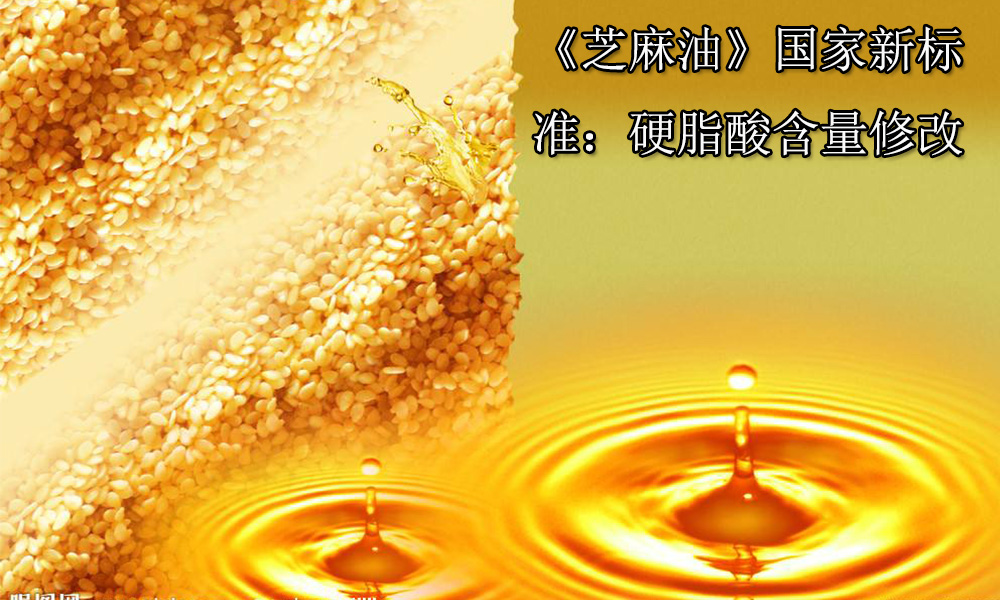
Not long ago , the State Administration for Market Regulation and the National Standardization Administration approved the release of the newly revised national standard for “Sesame Oil”, replaced the “characteristic indicators” in the original standard ” was modified to “Basic composition and main physical parameters” and the unsaponifiable matter content index was cancelled; the moisture and volatile content of first-grade sesame sesame oil was revised from the original standard of ≤0.1% to ≤0.2%; the insoluble impurities of sesame sesame oil The original standard was revised from ≤0.1% to ≤0.05%; the acid value (KOH)/(mg/g) of first- and second-level sesame sesame oils was revised from ≤2 and ≤4 to ≤2.5 and ≤3. The fatty acid composition has been partially modified, and fatty acid types with a fatty acid content of less than 1% have been deleted and The stearic acid content is modified to 4.5%-6.9%, and the original sesame oil content is 2.6%-6.9%.
Sesame oil introduction:
Sesame oil is taken from sesame seeds (oil-containing (oil food) About 50% and contains about 25% protein (protein food)). Sesame oil produced by conventional methods (called “big tank oil”) is light yellow and has a light fragrance. Sesame oil (also known as “sesame oil”, “small sesame oil” or “small ground sesame oil”) prepared by direct fire roasting and water substitution or pressing method is reddish brown and has a lovely special fragrance. It is an important part of the diet of our people. Excellent cold fat.
Sesame oil is widely used, in addition to food, in health (health food) It is also widely used in food, pharmaceuticals, metal, and printing and dyeing industries. Like olive oil and aromatic peanut oil, sesame oil is an all-natural oil that can be used directly without any refining.
Introduction to stearic acid:
Stearic acid is a fatty acid widely found in nature and can be found in almost all oils and fats The content of stearic acid varies in animal fats. For example, the content in butter can reach 24%. The content in vegetable oil is less, with tea oil at 0.8% and palm oil at 6%. However, the content in cocoa butter is 0.8%. The content is as high as 34%. There are two main production methods for industrial stearic acid: fractionation method and pressing method. A decomposing agent is added to the hardened oil, and then it is hydrolyzed to obtain crude fatty acids, which are then washed, distilled, and decolorized to obtain the finished product, while glycerol is produced as a by-product.
Widely used in cosmetics, plastic cold-resistant plasticizers, and release agents , stabilizers, surfactants, rubber vulcanization accelerators, waterproofing agents, polishing agents, metal soaps, metal mineral flotation agents, softeners, pharmaceuticals and other organic chemicals. In addition, it can also be used as a solvent for oil-soluble pigments, a crayon slipper, a polishing agent for wax paper, and an emulsifier for stearic acid glycerin. In the food industry, it is used as a raw material for lubricants, defoaming agents, and food additives such as glycerol stearate, sorbitan stearate, and sucrose esters. Used as raw materials for additives and daily chemical products. </span

 微信扫一扫打赏
微信扫一扫打赏

